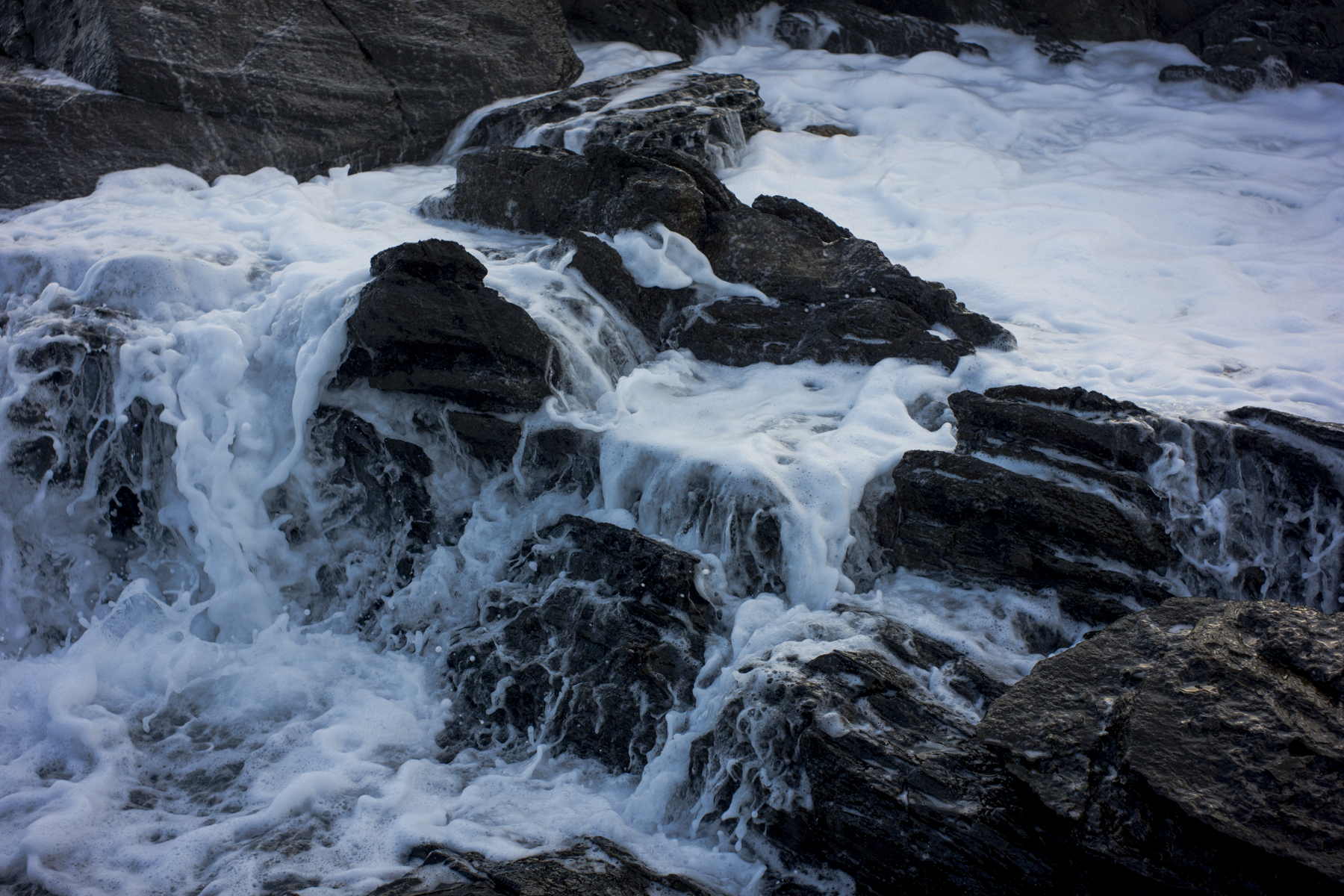I’m back in Adelaide. I wandered through the parklands with the poodles late yesterday afternoon wondering where my photography would go next. I played around with some low light light with the (film) Leica –poetic moments and all that—having a look without taking anything but I wasn’t really enthused.

I was at a loss. Where do I go from here? I felt hesitant. All the large format gear had been left down at Victor Harbor. How was I going to use the 8×10 in the city? You cannot wander the streets looking for the moment with that kind of gear.
I thought that I would start by picking up on the waste project that had been pushed into the background.










